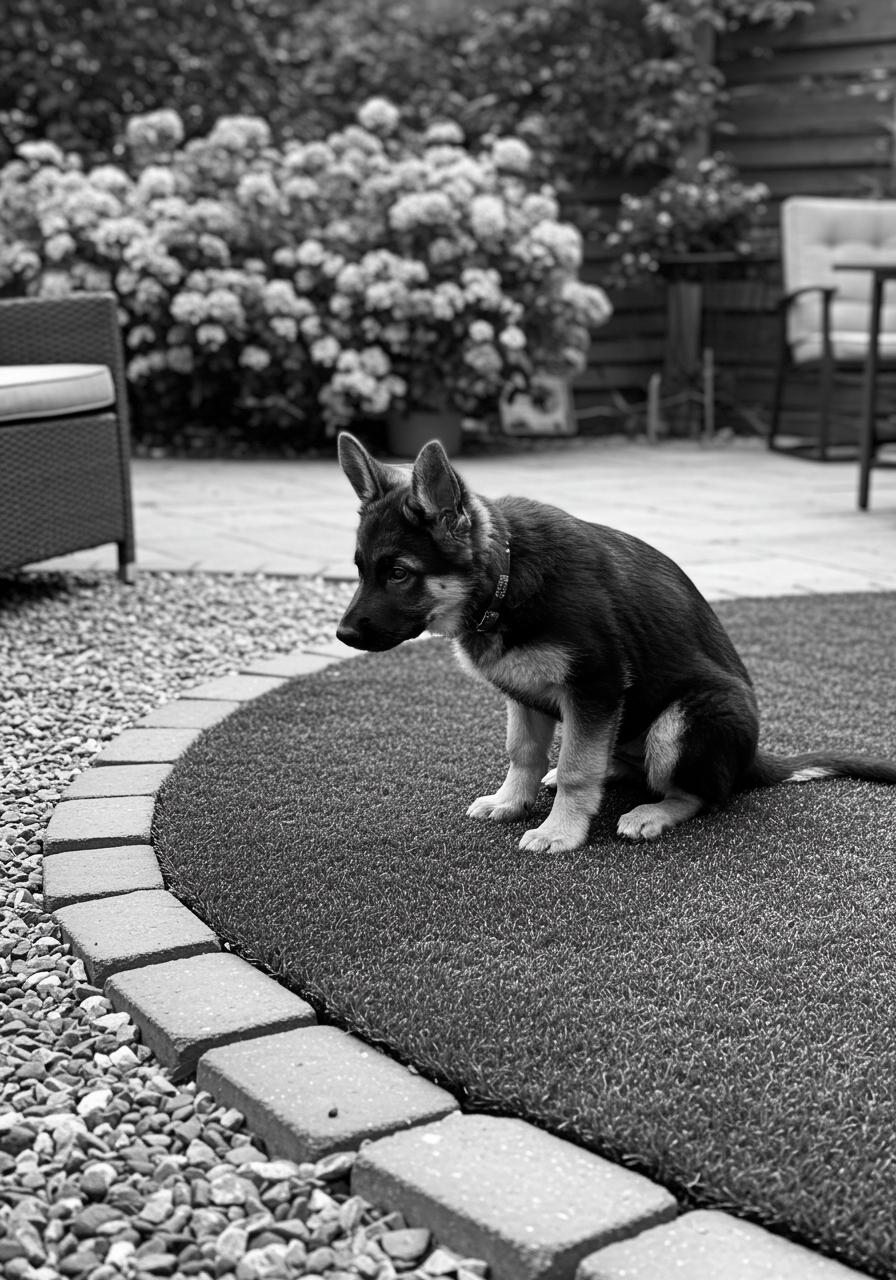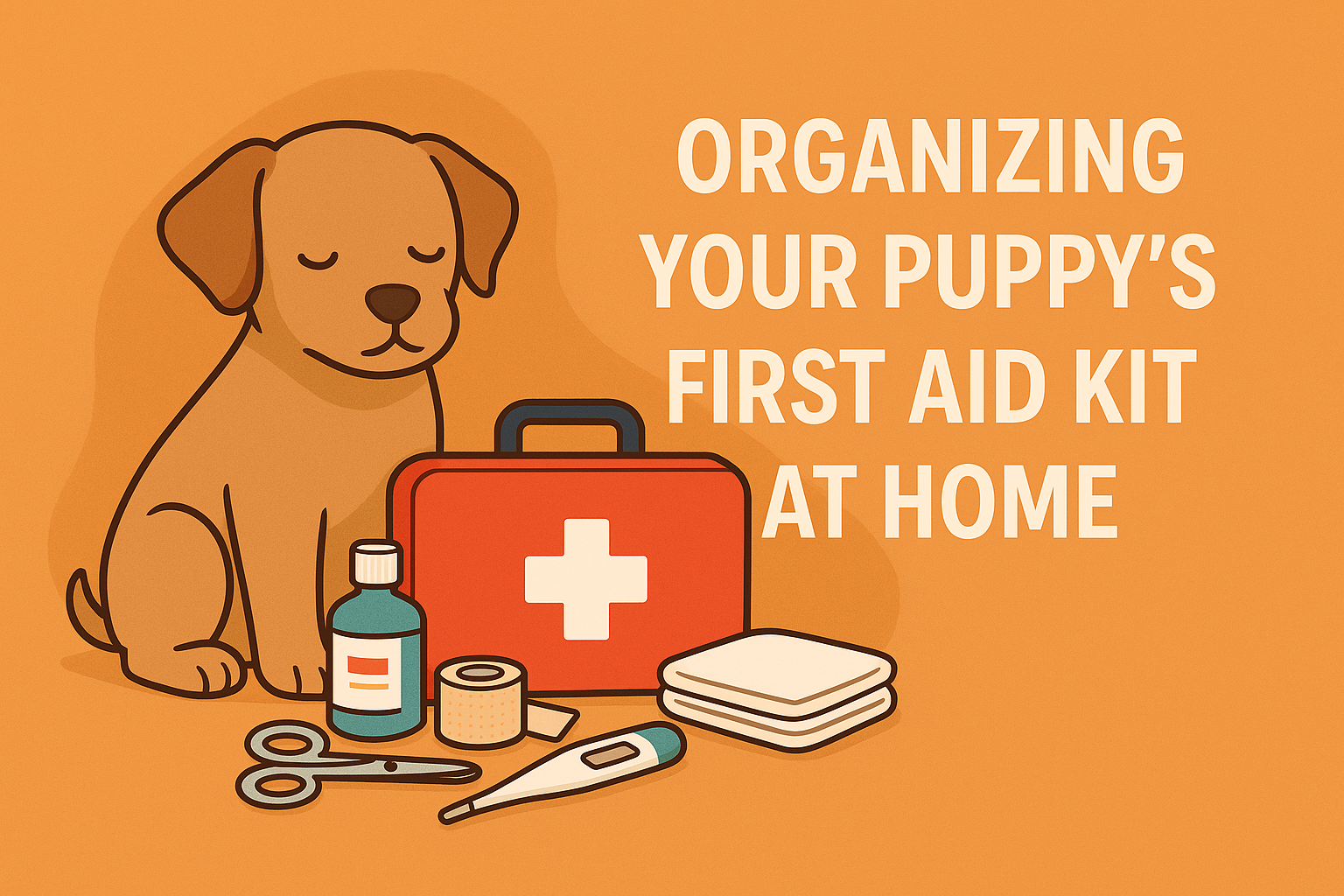Choosing the Right Location
Selecting the best spot for your puppy’s potty area is crucial for success. When considering potential locations, think about accessibility. It’s essential that the area is easy for both you and your puppy to reach without too much hassle. Safety is another priority; choose a location free of potential hazards like sharp objects or toxic plants. Consider a space that’s semi-enclosed to prevent your puppy from wandering off during potty breaks.
Additionally, the spot should be conveniently close to your home. Proximity makes it easier for quick access during training sessions, especially during harsh weather conditions. A practical location that meets these criteria can help establish a consistent potty routine for your puppy, reducing the likelihood of accidents inside the house.
Materials and Ground Cover Options
When setting up your designated puppy potty area, the material you choose for the ground is vital. Some popular options include grass, gravel, mulch, and artificial turf. Each has its own set of benefits and drawbacks. Grass offers a natural feel that many puppies prefer, but it may require more maintenance compared to synthetic options. Gravel is low-maintenance and provides good drainage but can be uncomfortable for small paws.
Mulch is another option that can help with odor control and looks aesthetically pleasing. However, some types can be toxic if ingested, so caution is needed. Artificial turf is easy to clean and durable, but often it doesn’t provide as natural a training experience as real grass. Consider environmental factors as well, such as the sustainability of the material you choose. 🌿 According to the Environmental Protection Agency, selecting eco-friendly materials can greatly reduce your environmental footprint.
Design and Layout of the Potty Area
Creating an effective design and layout for the potty area aids in consistent training. The suitable size for the area depends on your puppy’s breed and expected adult size. Ensure there’s enough room for your pet to move around comfortably without being too vast to confuse the puppy about where to go. Introducing borders or containment options like low fencing or garden edging can define the area clearly, helping your puppy understand its purpose.
If you have a garden, safeguarding your flowers and plants from inquisitive noses is crucial. Using barriers or thoughtful placement can prevent damage and create a harmonious outdoor space. Planning the layout in advance ensures that your puppy’s area complements your garden design, rather than detracting from it.
 Training Your Puppy to Use the Designated Area
Training Your Puppy to Use the Designated Area
To train your puppy to use the designated potty area, follow a structured approach. Begin by leading your puppy to the spot after meals and upon waking. Consistency is key—using the same command each time will help in associating the command with the action. Positive reinforcement goes a long way; reward your puppy with treats or praise to encourage continued use.
Training might not always go smoothly, and patience will be your greatest tool. If your puppy has an accident outside the designated area, avoid punishment. Instead, gently redirect to the correct spot. Dog trainer Victoria Stilwell advises, “Patience and consistency are critical in building any new behavior.” It’s normal to experience some setbacks, but perseverance will lead to success.
Maintenance and Upkeep
Ensuring the designated area is clean and hygienic is vital for both your puppy’s health and your garden’s appearance. Regularly picking up waste and using pet-safe cleaning solutions will maintain sanitation. To control odors, consider adding a layer of odor-absorbing material like baking soda or a commercial pet odor neutralizer periodically.
Different seasons may require adjustments to your maintenance routine. During fall, raking leaves to clear the space is essential, while winter might necessitate clearing snow. Being proactive with seasonal upkeep will keep the area functional year-round.
 Troubleshooting and Problem Solving
Troubleshooting and Problem Solving
Occasionally, your puppy might face challenges such as changing weather or distractions that affect the potty routine. On rainy days, using a portable cover can shield your puppy from the elements, maintaining their focus. If your puppy seems uninterested or hesitates to use the area, reassess the setup for any potential deterrents.
Moreover, distractions like other animals or street noise can disrupt training. Try to schedule potty breaks during quieter times or gradually accustom your puppy to these distractions in a controlled manner. Should reluctance persist, consulting with a professional trainer might offer insights tailored to your situation.
Conclusion
In conclusion, creating a designated outdoor potty area brings numerous benefits for both you and your puppy. It promotes a clean living environment, aids in faster training, and saves time in the long run. Embarking on this journey requires commitment and patience, but the results are well worth the effort. Remember, every successful training milestone builds a stronger bond between you and your furry friend. Good luck! 🐶## Frequently Asked Questions
How do I determine the best size for the puppy potty area?
The size of your puppy’s potty area will depend on the breed’s adult size and your outdoor space. Ideally, the area should be large enough to allow your puppy to move around comfortably but not so expansive that it confuses your pet about the designated spot for bathroom use. A good rule of thumb is to have an area that is approximately 10 to 15 times the size of your puppy. For smaller breeds, a more compact area may be suitable, while larger breeds might require more space to ensure they have the comfort and room to turn around.
Can I make the potty area portable?
Yes, a portable puppy potty area is a viable option, especially if you anticipate relocating or if you have limited outdoor space. Portable solutions can include using features like mobile fences or removable grass patches set on trays that can easily be moved. These setups typically require careful selection of materials that are lightweight and durable. A portable potty area is particularly beneficial for renters or those who travel frequently, as it can provide consistency for your puppy no matter the location.
 How can I prevent my puppy from digging in the potty area?
How can I prevent my puppy from digging in the potty area?
Puppies might dig due to boredom, curiosity, or simply because they find it fun. To discourage this behavior, ensure your puppy gets plenty of exercise and mental stimulation. You can cover the area with materials that discourage digging, such as placing a barrier of chicken wire under the ground cover. Positive reinforcement can also play a role—praise and reward your puppy when they refrain from digging in the designated area. Consistently intervening and redirecting their attention away from digging can help reinforce desirable behavior.
Are there alternative solutions if I lack outdoor space for a potty area?
If outdoor space is limited, consider creating an indoor potty area or investing in a balcony or patio potty solution. These can include products like dog litter boxes or specialized grass patches designed for indoor use. Make sure the indoor area is in a location that is still accessible and private enough for your pet. You’ll need to be diligent about cleaning and maintenance to prevent odors and create an environment your puppy will comfortably use.
What should I do if my puppy refuses to use the potty area after initial success?
It’s common for puppies to have occasional setbacks with potty training. If your puppy starts refusing to use the designated area after previously doing so, assess any recent changes that might have disrupted the routine. Check for new distractions, changes in the area layout, or inconsistencies in training. Return to basics by reinforcing potty training commands and rewarding successes. In some cases, consulting a veterinarian or professional dog trainer may be helpful to rule out any medical issues or provide additional training techniques.


 Training Your Puppy to Use the Designated Area
Training Your Puppy to Use the Designated Area Troubleshooting and Problem Solving
Troubleshooting and Problem Solving How can I prevent my puppy from digging in the potty area?
How can I prevent my puppy from digging in the potty area?





